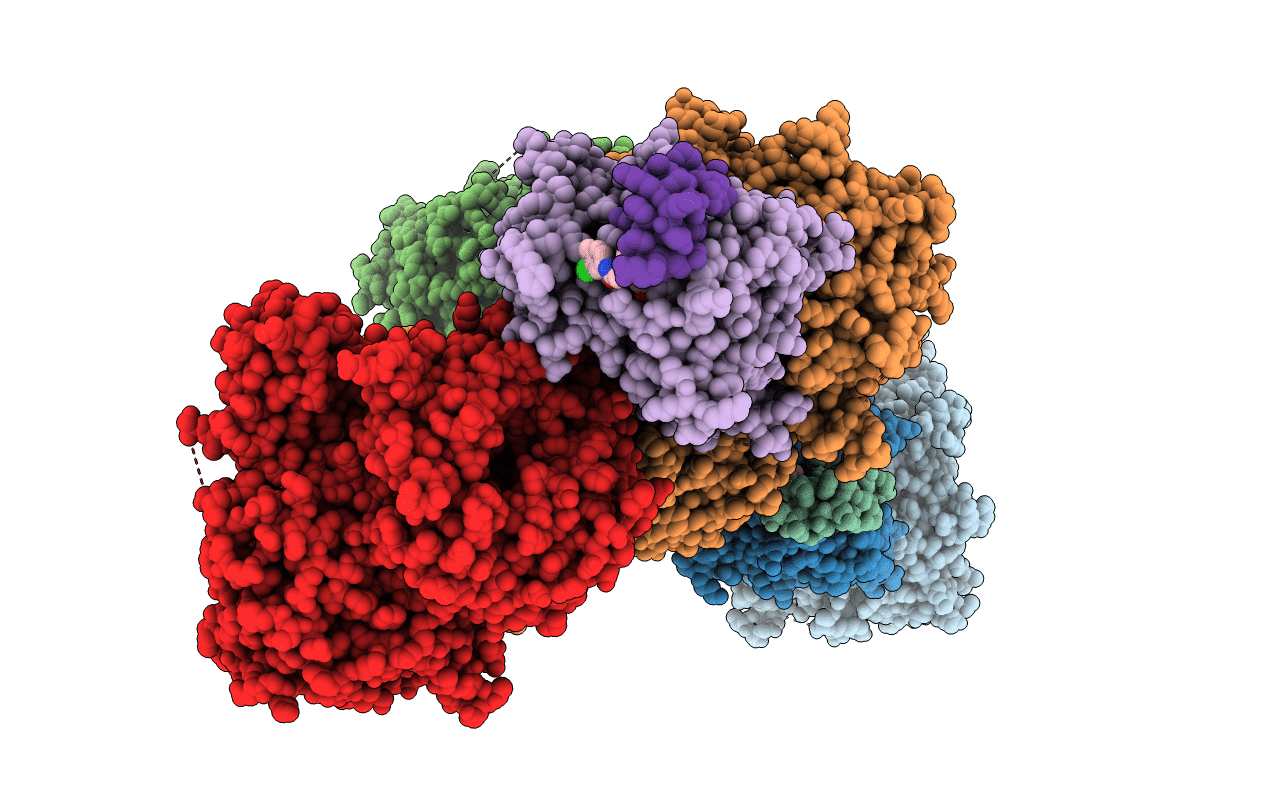
Deposition Date
2021-02-12
Release Date
2021-06-02
Last Version Date
2023-10-18
Entry Detail
PDB ID:
7LPS
Keywords:
Title:
Crystal structure of DDB1-CRBN-ALV1 complex bound to Helios (IKZF2 ZF2)
Biological Source:
Source Organism:
Homo sapiens (Taxon ID: 9606)
Host Organism:
Method Details:
Experimental Method:
Resolution:
3.78 Å
R-Value Free:
0.30
R-Value Work:
0.28
R-Value Observed:
0.28
Space Group:
P 1 21 1


